
This story was produced by CBC q, a We Are Not Divided collaborator
When Rafael Lozano-Hemmer was growing up in Mexico City, he didn’t exactly have a typical childhood.
A self-professed “unsupervised nerdy child,” he read and re-read Guillaume Apollinaire’s transgressive erotic novel Les Onze Mille Verges that his uncle Federico had left behind.
He had a coin collection that he would organize according to metal alloy, date, country, emblem and mint. He played American football — “badly” — for a team called Patriotas del Parque Unido.
He performed in commercials for bread, chocolate and shoes, and synthesized bakelite with his grandfather, an amateur chemist. (The grandfather thought it would bring fame and fortune, only to discover it had been invented six decades earlier.)
But the Mexican-Canadian artist also did something that few kids can claim: his parents owned a string of disco nightclubs, salsa clubs and drag bars, and the young Lozano-Hemmer regularly hung out at those hotspots.
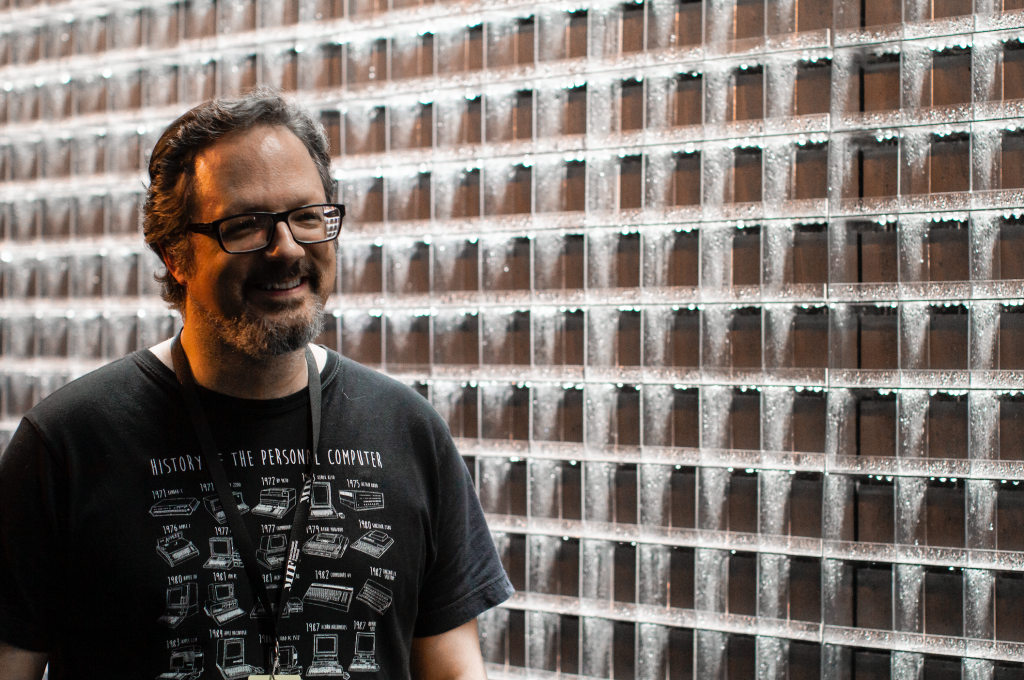
“I used to be super proud of this because I spent so much time in these clubs. I was seven years old and spending time with Rudy Calzado and Celia Cruz and all the salsa stars. Now I go to psychotherapy because it’s not okay to send your kids to nightclubs and discotheques,” said Lozano-Hemmer with a laugh, speaking with CBC Radio’s q host Tom Power.
“But I grew up among strobe lights and color-changing lights. And I think it informs part of my practice. I really like to throw a good party.”
Known for his stunning, large-scale installations involving light, the artist later relocated to Montreal, where he earned a degree in physical chemistry from Concordia University. But it’s the human chemistry he conjures through his work that has won accolades around the globe, as well as a fiercely faithful following.
Last year, Lozano-Hemmer’s piece Border Tuner made headlines as it invited people on both sides of the U.S.-Mexico border to move massive searchlights until two beams joined. When one person’s light met another’s, they could speak with the person on the opposite side.
In Pulse Tank, which has been exhibited in cities from Washington D.C. to Geneva to Istanbul, participants’ heartbeats are transformed into waves of water that trigger a light display.
In Voice Tunnel, visitors to New York’s Park Avenue Tunnel could speak into an intercom that recorded and looped their voices; the sound was then piped through 150 speakers and matched with Morse code-like flashes of light.
Many artists work with light as a medium, says Lozano-Hemmer, but they often use it to represent enlightenment or spirituality. Growing up amid swirling disco lights — and in environments where people could step out of the everyday and be whoever they wanted — gave Lozano-Hemmer’s work a different spin.
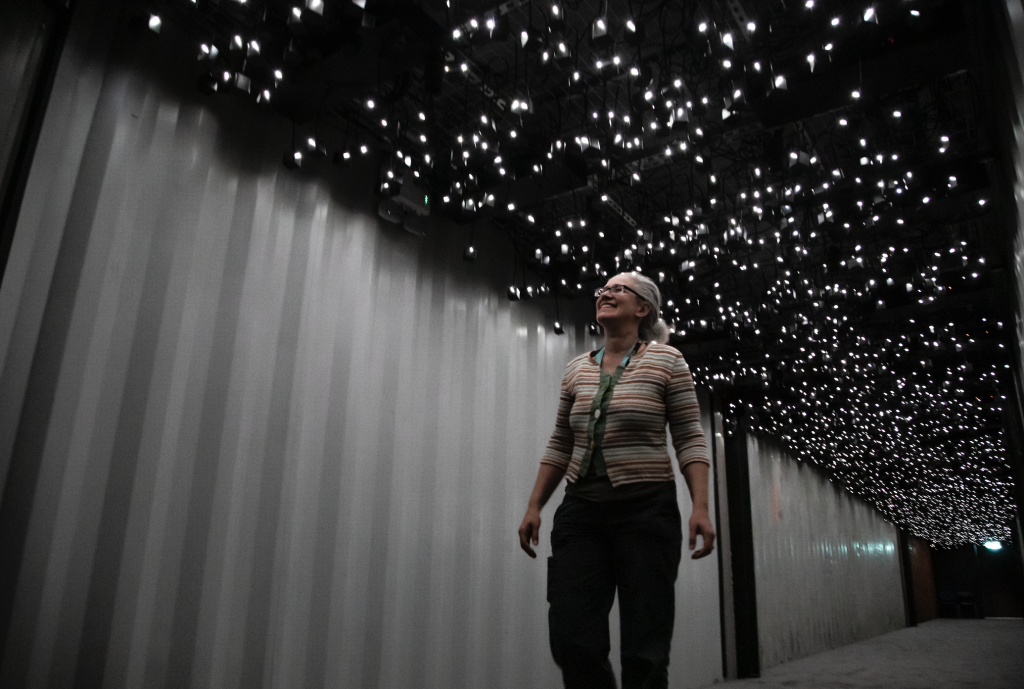
Like a great nightclub, he argues, art provides a kind of interruption to normal life, and a platform for people to relate to each other in different ways.
“Most of my work is interactive. Participation is not only invited, but fundamental to the existence of the artwork,” says Lozano-Hemmer, who has created commissioned works for the European Union’s expansion in Dublin, the Vancouver 2010 Olympics and the opening of the Guggenheim in Abu Dhabi, to name a few.
“A lot of my works are activated by cameras or by sensors, or by microphones that pick up the activity of the public, and then that becomes the artwork itself. So if you have no public, there’s nothing to show.”
Lozano-Hemmer’s works always have a public. But what happens when a global pandemic strikes? The answer can be found in Cercanía, a creative residency and exhibition at Arsenal Contemporary Art Montreal that is exploring themes of proximity and shared experience — without putting people at risk.
“While most of the pieces are immersive and interactive, there are no buttons, no levers, no surfaces to touch,” he says, adding the name is a Spanish word that means proximity, but also implies intimacy and complicity.
Set in the 18,000 square-foot space — the artist calls it “gargantuan and beautiful” — the ever-shifting show features 12 pieces, among them a 2,300-channel sound sculpture, a computerized shadow play and a 30-meter-long interactive projection room.
In Sustained Coincidence, people’s shadows are tracked and overlapped, so they can create a blended portrait while keeping a safe distance. Another piece, OnPulse, extracts people’s heartbeats with a camera using a process called plethysmography, then sends them a three-dimensional artwork online and allows them to connect with other “hearts.” (People can also participate remotely at OnPulse.net.)
In Pareidolium, visitors walk up to a reflecting pool, and a small camera uses face detection to capture their image, then activates hundreds of ultrasonic atomizers that convert the cold water into plumes of vapor. So for a fleeting moment, they see their own face in the mist before it vanishes.
“A lot of my work lately is about how we relate to our atmosphere, which is our biosphere,” says Lozano-Hemmer, pointing to the fact that humans are facing massive challenges including Covid-19 and climate change.
“So there’s the idea that the atmosphere is beautiful,” he says. “But it also has all of these issues we need to be aware of. So for me to work with vapor, to work with the atmosphere, is a way to make tangible the medium through which we live.”
Inspired by everything from carnival to animatronics to phantasmagoria — a centuries-old type of horror theater involving spooky projections — Lozano-Hemmer has worked with robotic lights, computerized surveillance, media walls and telematic networks. To him, technology isn’t a tool; it has become so enmeshed with our everyday lives that it has become a second skin. “I call it normal,” he says. “I call it natural.”
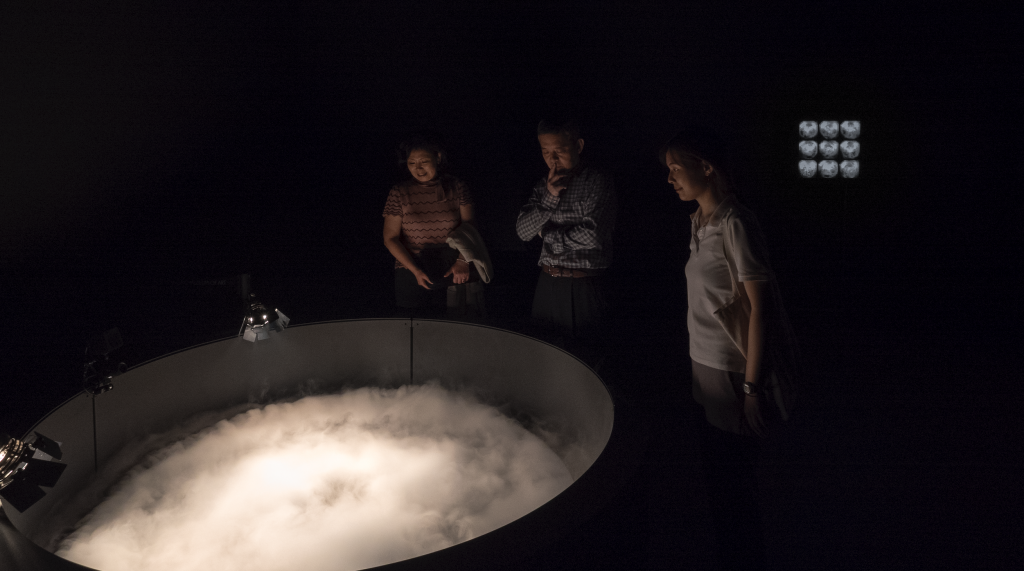
But while the artist’s works are visually dazzling, the cutting-edge tech also entices participants into something far more intimate and personal — and at times unabashedly political, making visceral the injustices that countless people face.
His 2015 work Level of Confidence uses facial recognition technology to examine the viewer’s face, then applies biometric surveillance algorithms to determine how closely they match the faces of 43 students who were kidnapped from a school in Iguala, Mexico.
Lozano-Hemmer presented Border Tuner along the line between El Paso, Texas, and Ciudad Juárez Chihuahua in Mexico — sister cities that have operated in tandem for centuries, and where some politicians are trying to construct divides.
“You have people who have coexisted for a long time, who have family on both sides. And now you get a very adversarial nationalist narrative of building borders and walls and Mexicans are rapists and they’re dogs and they should be shot in the legs. I’m just quoting the president of the United States,” says Lozano-Hemmer.
“So how do we make an artwork that completely forgets about this division and creates a way to connect people from both sides? The idea was to not so much create bridges between the two cities, but just to highlight that those bridges exist.”
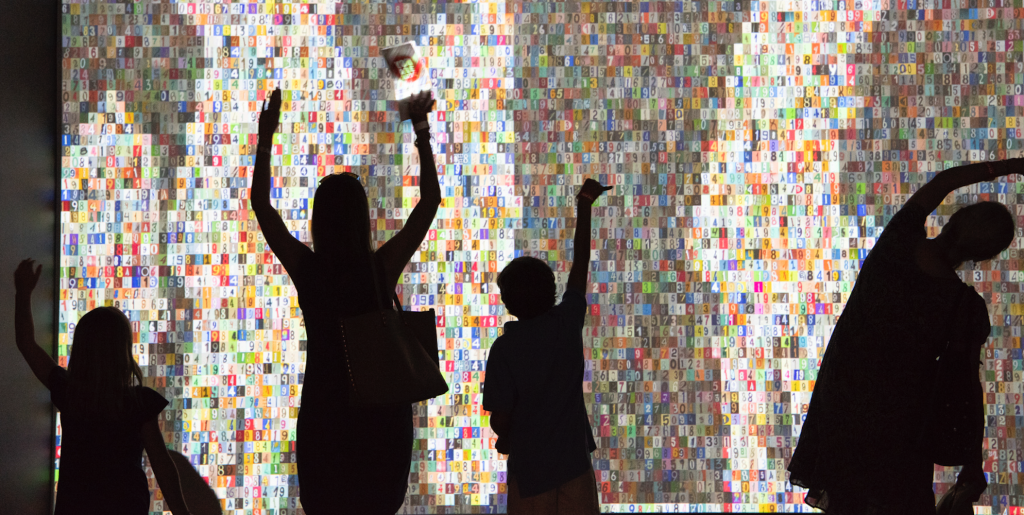
Among the hundreds of participants who maneuvred spotlights to communicate with people on the other side were children, poets, historians, a U.S. Vietnam vet who had been deported to Mexico and a drag queen wrestler named Cassandro el Exotico.
“You’d have families who were being reunited through the piece, so it was super emotional. Other times you’d have people flirting with each other or serenading each other,” says Lozano-Hemmer. “It was incredible.”
But even though Lozano-Hemmer’s works bring people together, they can also be deeply uncomfortable. His pre-Covid piece Asphyxiation Chamber offered people the opportunity to walk into a sealed room filled with nothing but other people’s exhalations — despite glaring warnings of potential asphyxiation, oxygen deprivation, panic and contagion.
When he created the work, which he intended as a comment on how participation isn’t inherently positive, Lozano-Hemmer assumed nobody would try it. “We’ve shown it in five different countries. There’s a lineup and everybody wants to go in, to feel what it is to breathe this recycled toxic air,” says Lozano-Hemmer.
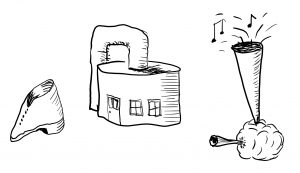
“In this piece, if you participate too much, you die,” he said. “And crucially, if you’re in that work, you make it more toxic for future participants.”
One of the works in Cercanía is an upside-down noose that works as a metronome, and swings every 10 seconds to mark every time someone in North America gets shot by a gun.
“By bringing these kinds of thematics that may be social or philosophical or historical or political, you make the works current. It forces you to think about data. It forces you to think about the idea that this is not all neutral and beautiful, but there are also some serious concerns,” says Lozano-Hemmer, pointing to surveillance, the erosion of democracy and racism.
Lozano-Hemmer’s disco upbringing made him want to draw people together, but also for them to reflect on how ephemeral it all is.
“There’s a Zapatista slogan. The Mexican activists used to say, ‘We’re not asking you guys to dream. We’re asking you to wake up.’ And I think that art is a little bit like that,” says Lozano-Hemmer, whose unforgettable works are in the collections of many top museums, among them New York’s Museum of Modern Art and Guggenheim, London’s Tate Modern and Montreal’s Musée d’art Contemporain.
There is a place for art to be dreamy and beautiful, and to distract people from their concerns, he said, pointing to Matisse, who believed that art should be like a good armchair in which to rest. But there’s also a role for art to be activist, and to ask critical questions about the moment in which we live.
“Brian Eno used to say that in a perfume you always have to have a pungent smell because that’s the one that captures your attention. If it’s all sweet and fruity, it’s not going to be a good perfume,” he said.
“A good perfume has to have a little bit of a punch.”
Digital lead producers: Tahiat Mahboob, Ruby Buiza | Copy editor: Brandie Weikle | Web development: Geoff Isaac | Video producer: Andrew Alba | Radio producer: Vanessa Greco | | Executive producers: Ann MacKeigan, Paul Gorbould